The English opening is a unique type of opening where White seeks to control the center without using the e or d-pawns.
In the English, the c-pawn, which is a flank pawn, is used.
When the c-pawn is developed, White gets an early stake on the d5 square.
The move that characterizes the English opening is 1. c4.
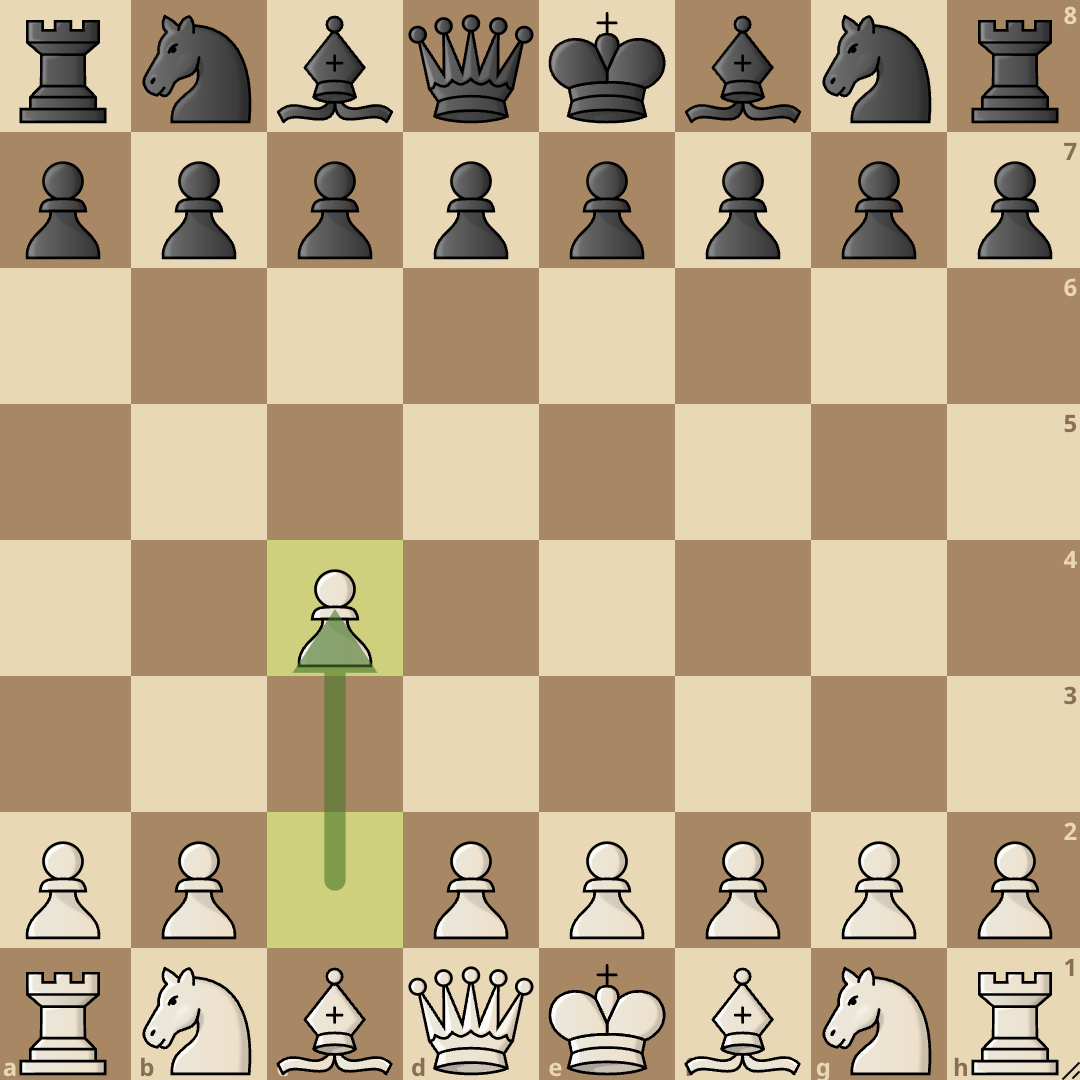
One major advantage of this opening is its flexibility. White can easily transpose into other openings, like the Queen’s Gambit (1. c4 e6 2. d4 d5) depending on what Black plays.
When a player starts off with 1. c4, they reserve the element of surprise as their opponent does not have a clear idea as to what White’s plans are.
While the English opening has many transpositional tendencies, it also has its own variations. Let’s go over a few of them
Reversed Sicilian
1. c4 e5
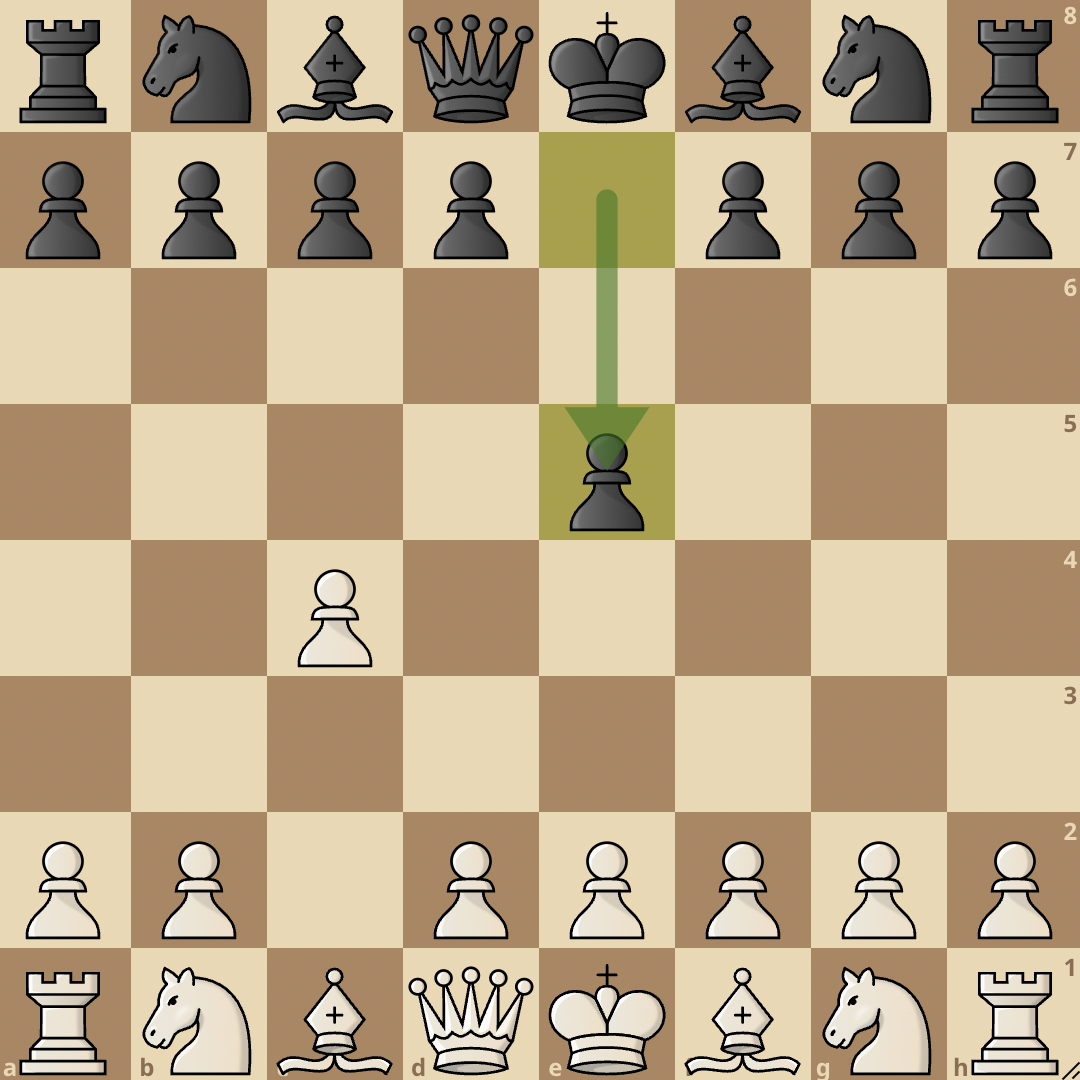
The Reversed Sicilian variation starts after Black replies 1…e5.
By playing …e5, Black makes the game look like a Sicilian Defense with the colors reversed.
In the Sicilian White usually pushes the e-pawn and Black replies by pushing the c-pawn, however, in this variation of the English, it’s the other way round.
White continues playing this variation in a sort of Sicilian set-up while being a tempo up.
Four Knights’ Variation
1. c4 e5 2. Nc3 Nf6 3. Nf3 Nc6
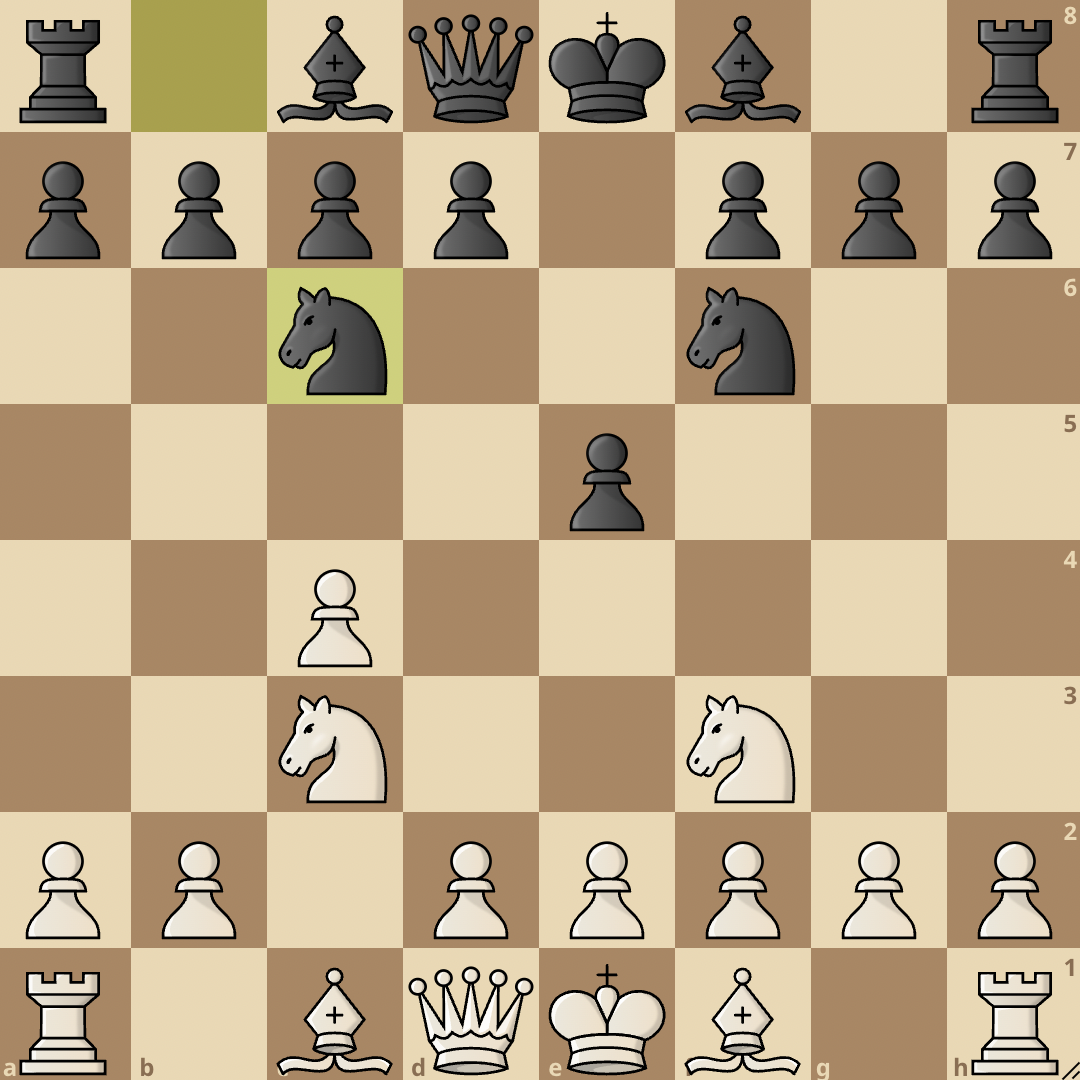
The Four Knights’ variation of the English features the development of all 4 knights.
It starts with 1. c4 e5. White then develops their knight to c3 to strengthen their hold on the d5 square. Black then plays Nf6 and after 3. Nf3, Black develops the other knight with Nc6.
The setup Black uses is very flexible and gives chances for a future counterattack.
Black will usually play Bb4 sometime in the opening and exchange their dark-squared bishop for the White knight to cause some imbalance in the position.
Bremen System
1. c4 e5 2. Nc3 Nf6 3. g3
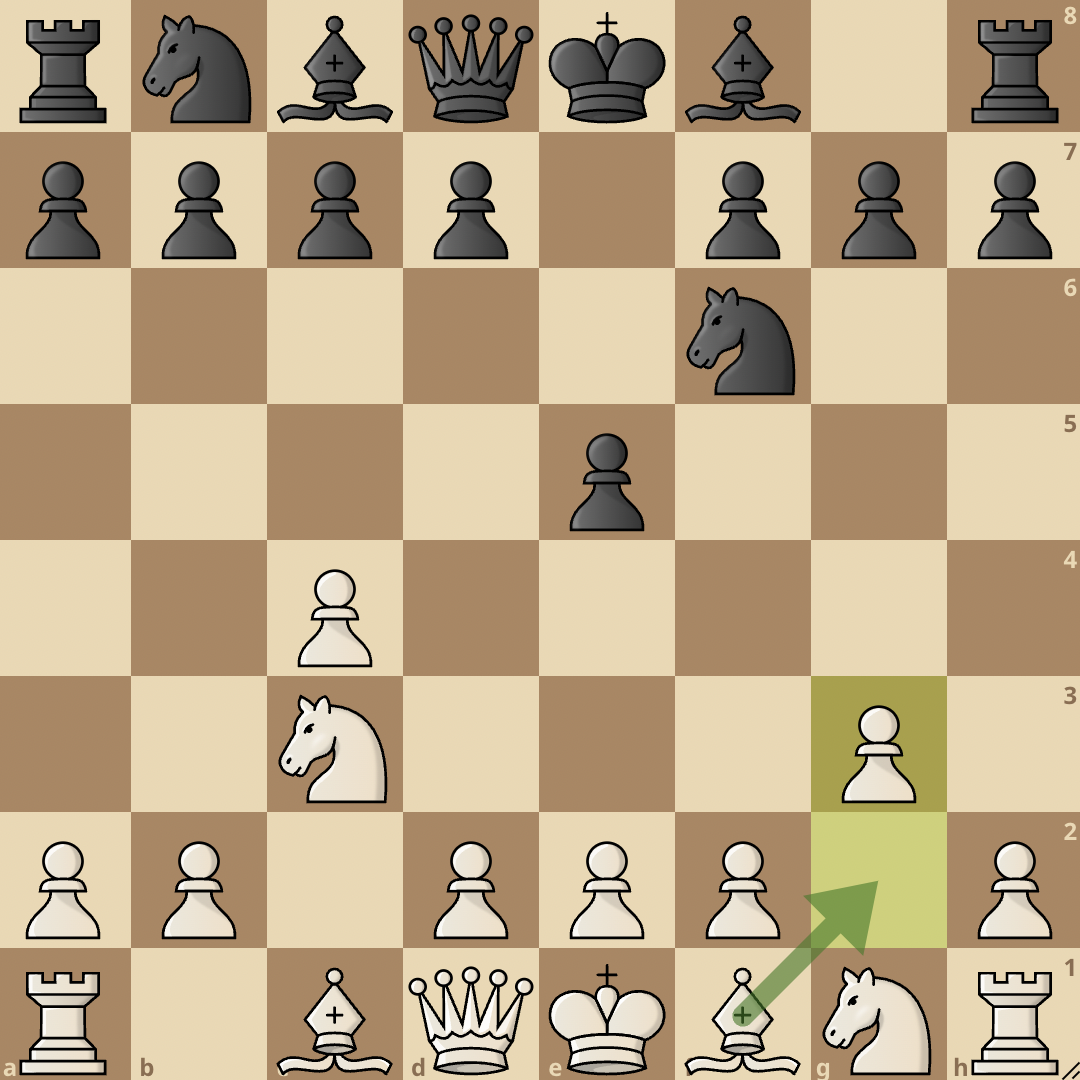
In the Bremen System, after 1. c4 e5 2. Nc3 Nf6, White plays 3. g3.
By playing g3, White prepares to fianchetto their bishop and quickly introduce it into play.
Since White has already played c4, their bishop is unable to go to the c4 or b5 square like it would in openings like the Ruy Lopez or Italian Game.
Therefore, fiachettoing it on the g2 square is an excellent option. From g2 the light-squared bishop will control the light squares on the h1 to a8 diagonal.
Symmetrical Variation
1. c4 c5

Like the name suggests, in this variation, both players create a symmetry by playing identical moves.
Since White decided to play c4 and control the d5 square, Black also elects to play c5 and control the d4 square. The gameplay and positions that arise depends on what route White chooses to go.
If White plays 2. Nf3, this shows that they might have intentions of pushing d4 and going for a break in the center, so Black would usually counter that with 2…Nc6.
If White instead plays 2. Nc3, it makes it difficult for Black to play …d5 and go for a center break, so Black would have to adjust their plans to suit the setup.
Both players can also go for the Ultra Symmetrical line with 1. c4 c5 2. Nc3 Nc6 3. g3 g6 4. Bg2 Bg7. This variation does not offer much of an attacking threat and leads to slow, positional games.
Hedgehog Defense
1. c4 c5 2. Nf3 Nf6 3. Nc3 e6 4. g3 b6 5. Bg2 Bb7 6. 0-0 Be7
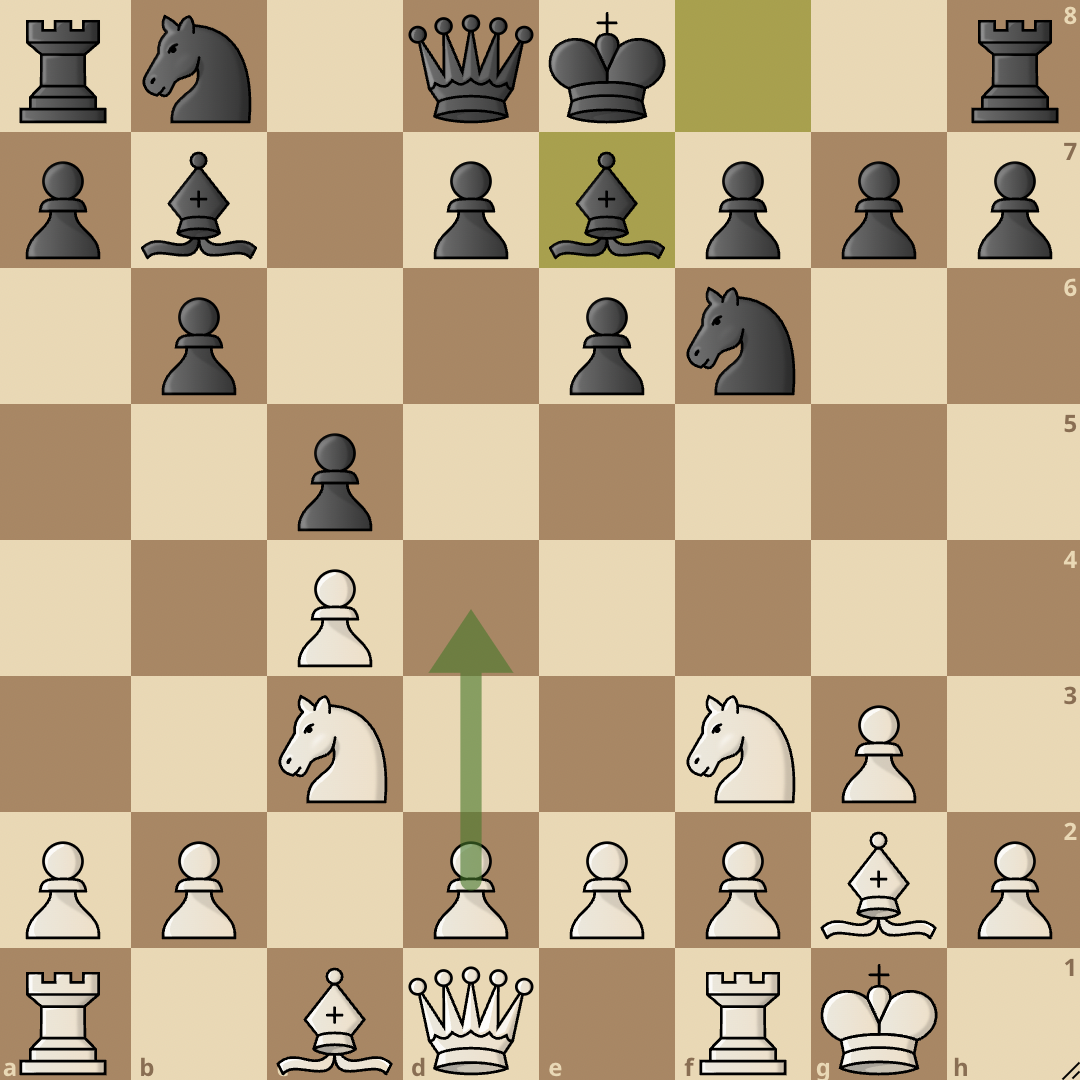
The Hedgehog Defense is an interesting way Black can fight against the English opening.
It starts from the symmetrical variation with 1. c4 c5, White then continues with 2. Nf3 and Black replies with 2…Nf6.
White then plays 3. Nc3, entering the Three Knights variation of the English, Black now plays 3…e6, fighting for control of the d5 square.
White now prepares to fianchetto their light-squared bishop and they start with 4. g3, Black has no clear way to develop their light-squared bishop, so they decide to also fianchetto it and counter White’s bishop with 4…b6.
Both players then fianchetto their bishops with 5. Bg2 Bb7. White then castles with 6. 0-0 and Black develops their other bishop with 6…Be7.
Black has a somewhat cramped position in this variation. However, they will look to start a counterattack later in the game.
White usually plays d4 next and Black will exchange their c-pawn for the d-pawn, bring their rook to the semi-open c-file, and look to create counterattacking chances.
Successful Deployments
The English opening is the fourth most commonly played opening for White. Over the years, it has been played by numerous strong players.
Let’s look at a few games where the English opening was successfully deployed.
Touch the moves or move the board around for a better interactive experience.
Luke McShane v Magnus Carlsen, London Chess Classic (2010)
Magnus Carlsen is regarded by many as the best chess player in history. However, even Magnus isn’t immune to the strength of the English opening and in 2010 when he faced Luke McShane in the London Chess Classic, he would fall prey to the English.
Viktor Korchnoi v Artur Yusupov, Chess Classics Masters (1998)
This game by Viktor Korchnoi is an excellent display of how White uses the Bremen System of the English to get the better of their opponent.
Jose Raul Capablanca v Philip Stuart Milner-Barry, Margate (1936)
The old masters also employed the English opening in their days. This game by the legendary Jose Raul Capablanca is a treat to behold.
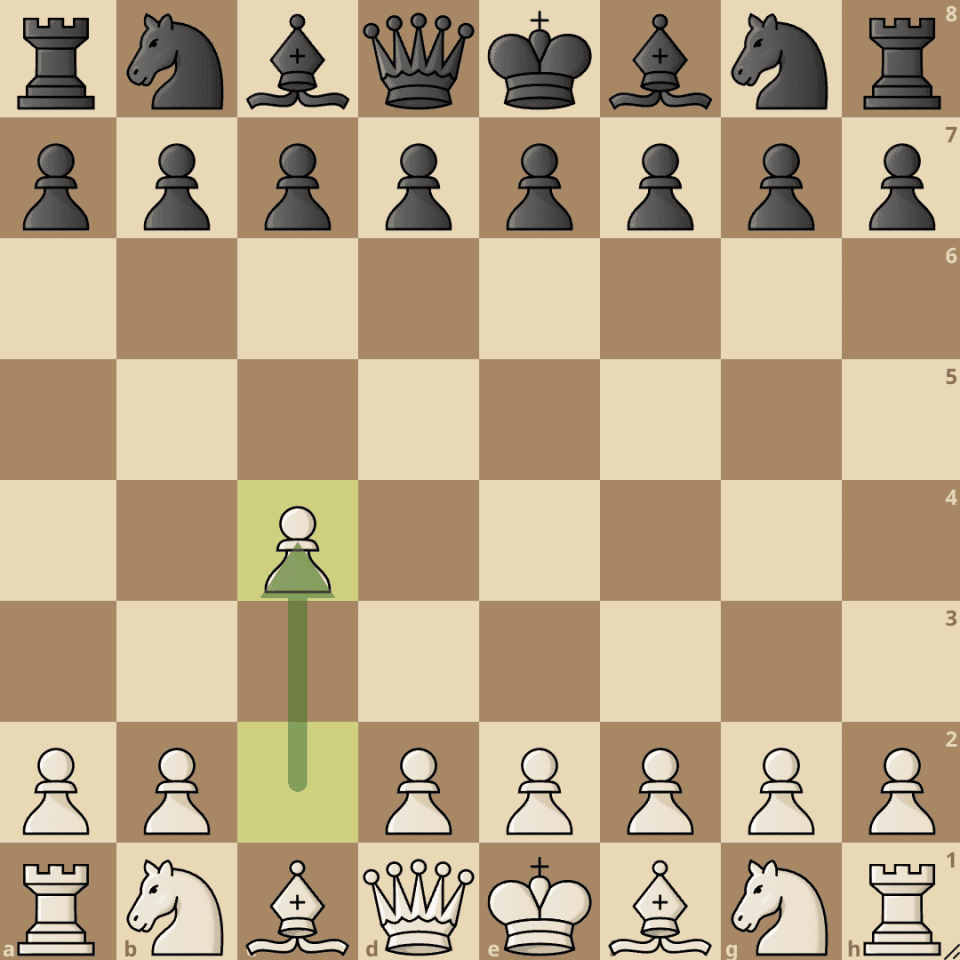




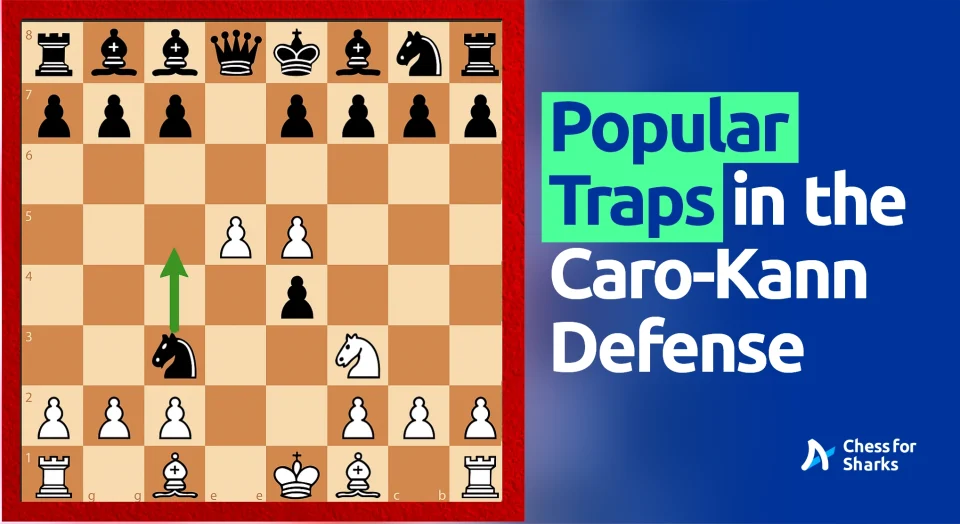

join the conversation